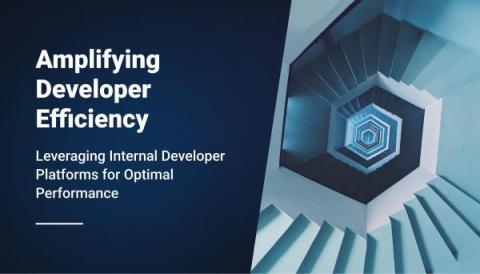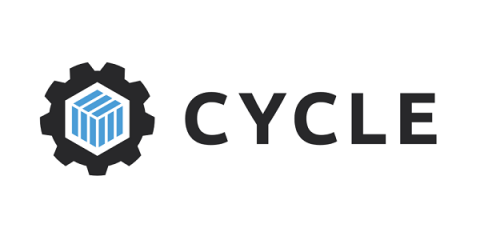Operations | Monitoring | ITSM | DevOps | Cloud
Latest News
Amplifying Developer Efficiency: Leveraging Internal Developer Platforms for Optimal Performance
New Software Development Concepts You Should Know
Unlocking Kubernetes Deployment Excellence with CI CD Automation
Software development, agility and efficiency are paramount. Continuous Integration and Continuous Deployment (CI/CD) practices have revolutionised the way we build, test, and deploy software. When coupled with the power of Kubernetes, an open-source container orchestration platform, organisations can achieve a level of deployment excellence that was once only a dream.
Navigating Multi-Cloud Environments: Managing Deployments with Ease
Multi-cloud seems like an obvious path for most organizations, but what isn’t obvious is how to implement it, especially with a DevOps centric approach. For Cycle users, multi-cloud is just something they do. It’s a native part of the platform and a standardized experience that has led to 70+% of our users consuming infrastructure from more than 1 provider.
How to SSH into Docker containers
A Docker container is a portable software package that holds an application’s code, necessary dependencies, and environment settings in a lightweight, standalone, and easily runnable form. When running an application in Docker, you might need to perform some analysis or troubleshooting to diagnose and fix errors. Rather than recreating the environment and testing it separately, it is often easier to SSH into the Docker container to check on its health.
DIY or managed suite: Choosing the right AWS container optimization solution
Beyond savings: Overlooked aspects of container optimization
Reaping the Benefits of Multi-Cluster Orchestration in Kubernetes
The rise of containerization has precipitated an unprecedented shift in the software development landscape, with Kubernetes emerging as the de facto standard for managing large-scale containerized applications. One of the more nuanced aspects of Kubernetes that is gaining attention is multi-cluster orchestration. This approach to cluster management offers several compelling advantages that reshape how businesses operate and innovate in a cloud-native context.
Cycle's New Interface Part III: The Future is LowOps
We recently covered some of the complex decisions and architecture behind Cycle’s brand new interface. In this final installment, we’ll peer into our crystal ball and glimpse into the future of the Cycle portal. Cycle already is a production-ready DevOps platform capable of running even the most demanding websites and applications. But, that doesn’t mean we can’t make the platform even more functional, and make DevOps even simpler to manage.










